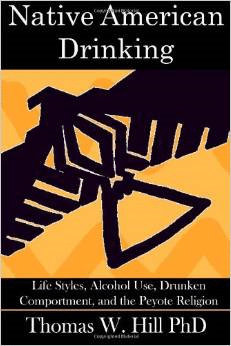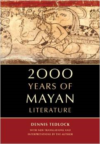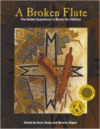Description
The book offers a comprehensive look at Native American drinking using the Indians of Sioux City, Iowa and the Winnebago (Ho-Chunk) tribe of Nebraska as examples. It starts with an overview of the manner in which anthropologists and historians have described and interpreted heavy drinking in situations of culture contact and then moves to examine a number of issues relevant to contemporary Indians: How does alcohol figure in their life styles? How do people see themselves in terms of drinking and explain their life choices? How and why do individuals behave as they do when drunk? Is problem drinking best seen as a disease or a bad habit? Do Indian people carry genetic traits that put them at greater risk for alcoholism than other people? What approaches work best to prevent and treat problem drinking? As part of this examination, the spread of the Peyote religion among the Winnebago in the early 1900s is examined and lessons are drawn that can be applied to the present day. The data for this study were collected during a year-long ethnographic field study among the Indians of Sioux City and from later archival historical research. Data from recent genetic studies are integrated into the text. The theoretical approach underlying both the ethnographic and historical research is one that places the emphasis on achieving an “insider’s view” of the behavioral patterns and culture. The question to answer is not “How does alcohol use look to middle-class, mainstream Americans?” but “How do the Indians themselves see and evaluate drinking?” A related theoretical assumption driving the inquiry is that a researcher should expect to find diversity within the population, that is, it is no longer assumed that a society is a homogenous collection of individuals all sharing one or two personality types. Instead, a society should be seen as an organization of diversity with problem drinkers constituting a variety of biopsychological types shaped by multiple sociocultural factors. For too long, researchers working with Native Americans have operated with unintended ethnocentrism coloring their results. This book joins those studies that aim for an insider’s view of Native American drinking patterns and life styles and that reflect the true diversity to be found within their communities.






Reviews
There are no reviews yet.